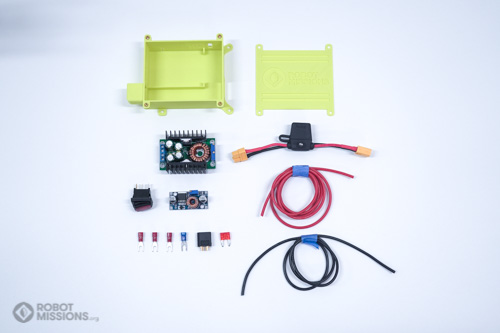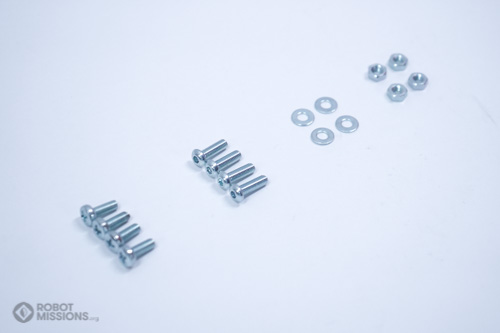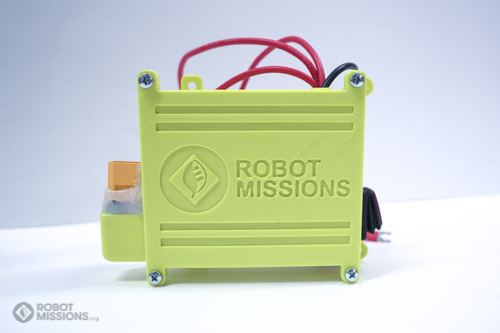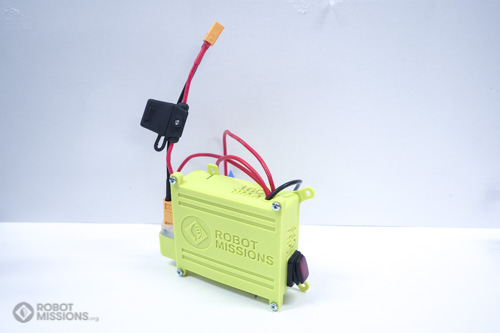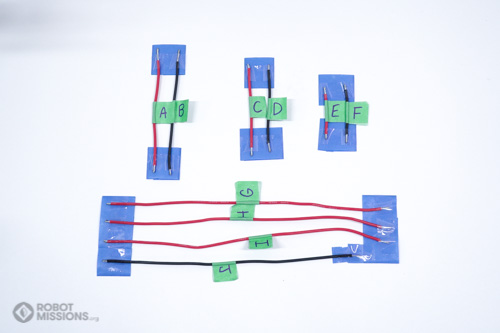Welcome to the Power Pack Kit! Get ready to supply your robot with some voltage and great current delivery. This will guide you through the soldering, wiring, and assembly steps that are needed to make the power pack kit. Note that it is not perfect – some pieces do not fit as professionally as one would hope, and thus, hot glue is used. This power pack kit can supply your robot with 5V @ 5A, and 6V @ 8A. This combination is great for rovers like Bowie that are medium sized and relatively light weight (< 5kg). The input is a 2 cell LiPo, and output is through wires with a terminal at the end - making it very easy to interface with a variety of connectors. To assemble this, soldering, wiring, and hot glueing is involved. The instructions are here to guide you through it! Let's get started!
Tools required:
- Soldering iron
- Solder (your choice – lead free or leaded)
- Third hand tool
- Desolder wick braid, or desoldering tool (just in case there are mistakes along the way)
- Diagonal cutters
- Wire strippers
- Painters tape
- Screwdriver with bit kit
- Hot glue gun and hot glue sticks
| Home | Regulator wires → |
